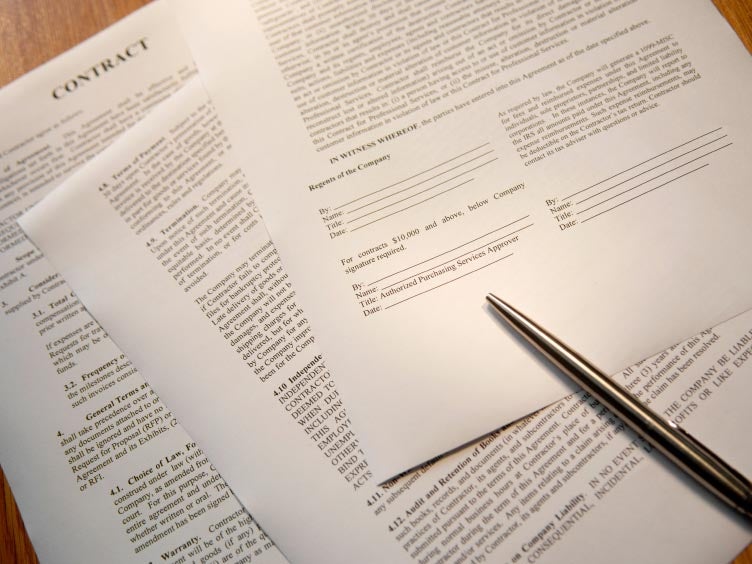15 November 2018
6 min read

The Land and Environment Court (Court) has recently rejected numerous appeals on the basis that the written requests to vary development standards did not meet the necessary requirements outlined in clause 4.6(3) of the Standard Instrument – Principal Local Environmental Plan (Standard Instrument). The Court has also highlighted the correct approach for consent authorities when dealing with a written request under clause 4.6 of the Standard Instrument.[1]
These recent decisions show that the consequences of failing to address the prescribed elements of clause 4.6(3) of the Standard Instrument can be fatal to a development application and, consequently, quite costly for applicants.
This guide aims to assist applicants by outlining the correct approach to preparing a clause 4.6 written request (4.6 Request) to vary a development standard so that the consent authority is able to determine your application.
Clause 4.6 – a recap
As many would be aware, clause 4.6 of the Standard Instrument provides that:
(3) Development consent must not be granted for development that contravenes a development standard unless the consent authority has considered a written request from the applicant that seeks to justify the contravention of the development standard by demonstrating:
(4) Development consent must not be granted for development that contravenes a development standard unless:
As the Court has recently noted in Initial Action Pty Ltd v Woollahra Municipal Council [2018] NSWLEC 118, the consent authority must first consider whether a 4.6 Request has adequately addressed the matters required to be addressed in clause 4.6(3) of the Standard Instrument. If the consent authority is not satisfied that these matters have not been adequately addressed, the consent authority simply does not have the power to grant consent. It is, therefore, essential that all 4.6 Requests clearly address each of the required elements of clause 4.6(3).
How should a 4.6 Request be structured?
Fortunately, Senior Commissioner Dixon has provided applicants with clear guidance regarding how a 4.6 Request should be structured.
In Brigham,[2] the Senior Commissioner emphasised that a 4.6 Request should have the following features:
What should a 4.6 Request contain?
Many 4.6 Requests fall down because they do not contain the necessary information required under clause 4.6(3) of the Standard Instrument. It is, therefore, essential to review your 4.6 Request to ensure that it contains the following information:
The overall goal
When preparing a 4.6 Request, it is critical to remember that the onus is on the applicant to demonstrate that the matters in clause 4.6(3)(a) and (b) have been adequately addressed. This is because the 4.6 Request must enable the consent authority (or the Court on appeal), to satisfy themselves that the 4.6 Request is adequate.[7] If they cannot do this, they simply do not have the authority to grant consent to the proposed development.
With this role in mind, it is highly recommended that any applicant strictly and expressly address those matters specified in clause 4.6(3) (as summarised above) and also, where possible, address why the development is in the public interest. This will go a long way to assisting a decision maker to satisfy themselves of that there are sufficient grounds to justify contravening the standard.
Given the strict manner in which the Court is interpreting these requirements, it is highly advisable that an applicant seek legal advice prior to submitting a 4.6 Request to vary a development standard.
Authors: Breellen Warry, Blake Dyer & Georgia Appleby
[1] Initial Action Pty Ltd v Woollahra Municipal Council [2018] NSWLEC 118.
[2] Brigham v Canterbury–Bankstown Council [2018] NSWLEC 1406.
[3] Wehbe v Pittwater Council [2007] NSWLEC 827 (Wehbe) at [42] – [48].
[4] Four2Five Pty Ltd v Ashfield Council [2015] NSWCA 248 at [15].
[6] Four2Five Pty Ltd v Ashfield Council [2015] NSWLEC 90 at [31].
[7] Initial Action Pty Ltd v Woollahra Municipal Council [2018] NSWLEC 118 at [25].
Contacts
Sydney
Breellen Warry, Partner
T: +61 2 8083 0420
E: breellen.warry@holdingredlich.com
Peter Holt, Special Counsel
T: +61 2 8083 0421
E: peter.holt@holdingredlich.com
Disclaimer
The information in this publication is of a general nature and is not intended to address the circumstances of any particular individual or entity. Although we endeavour to provide accurate and timely information, we do not guarantee that the information in this newsletter is accurate at the date it is received or that it will continue to be accurate in the future.